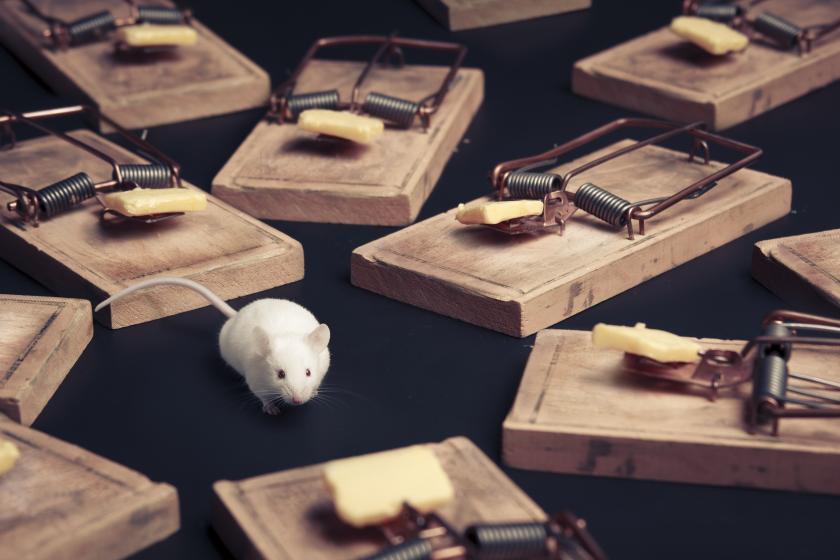If you’re concerned about pest control, you can use traps to trap insects in your home. There are several types of traps available, including humane, scented, sticky, and no-kill traps. You can also combine them with other treatments for the most efficient pest control. However, it’s important to know what they can and cannot do before using them.
No-kill traps
No-kill pest control traps are an alternative to poisons and glue traps. Poisons are not only harmful to the animals they kill, but they can also harm people, small animals, and even pets. The Centers for Disease Control and Prevention and Health Canada also warn against the use of glue traps. These methods rarely work in keeping rodents and other pests away from homes. No-kill pest control traps are a safer, more humane, and more effective alternative to poisons.
No-kill pest control traps are safe for humans and are legal in most areas. These traps can be purchased at hardware stores and DIY/garden centres. You can also make them yourself at home. Once you’ve made your trap, it’s important to check it every day to make sure it’s still working. If the animal remains in the trap for too long, it will die, and the RSPCA doesn’t recommend using them.
Humane traps
Humane pest control traps work by luring mice and other pests to a trap that delivers a high-voltage shock to them. They also have a safety switch that automatically turns off when the trap is opened. They can be used in residential and commercial settings. The key to using humane traps is making sure you check them every day.
Humane traps are designed to be as difficult to remove as other traps, making them safer for homes with children and pets. They feature trap door entryways and a non-absorbent polystyrene trap.
Scented traps
Scented pest control traps are an effective way to catch pest animals. They work by emitting pheromones, chemicals that insects and other animals use to attract mates, warn of predators and find food. These traps can detect pest animals early before they can cause damage to plants and crops. The best way to make sure pests are trapped is to use the proper trap location for your situation.
Scented pest control traps are a good choice for controlling various types of insects and rodents. They are cheap, easy to use, and very effective. However, these traps are more effective for certain types of pests than others. To get the best results, place sticky traps five to 10 feet apart in areas where pests tend to travel, such as behind appliances and under sinks. They should also be placed along walls in garages and basements. You can also use sticky cards on exterior doors to trap a variety of creeping insects.
Insect sticky traps
Insect sticky traps can help control a variety of pests insects. Thrips, the smallest of these insects, can be caught easily with sticky traps because their wings fold over their bodies and don’t struggle. Their spindly wings are covered with hair and fringed edges, and they have stocky antennae that protrude in a V-shape at the front.
These sticky traps are best used for pest control in areas where small insects and other pests can hide. These traps are ideal for detecting pests and can help you pinpoint the exact location where the problem is coming from. You can also use them to control vertebrate pests.
Electronic traps
Electronic pest control traps are devices that lure and kill pests while keeping beneficial insects out. These devices use electronic technology and acoustic vibration to control insect populations. These devices are available in a variety of models. These traps are based on research into the sensory systems and behaviour of insects.
Electronic pest repellers are sold in a variety of price ranges and can be purchased online or at a local hardware store. They generally plug into an electrical outlet and emit a high-frequency ultrasonic sound. Manufacturers claim that this noise disorients pests and drives them away.
When buying electronic pest control traps, consider the features you need most. You can choose from different models and brands, each with a different set of features. When choosing a trap, look for one that offers the most features and durability. You may also want to consider purchasing a brand you know and trust. Oftentimes, a well-known brand is the best, but new brands can also offer good traps at reasonable prices.

